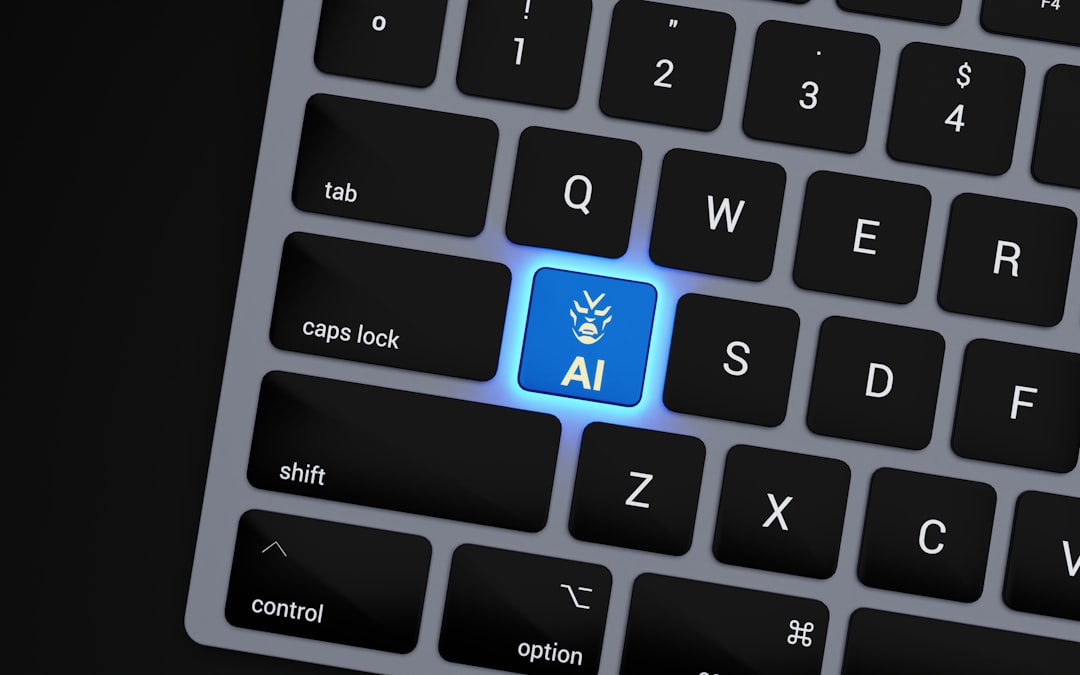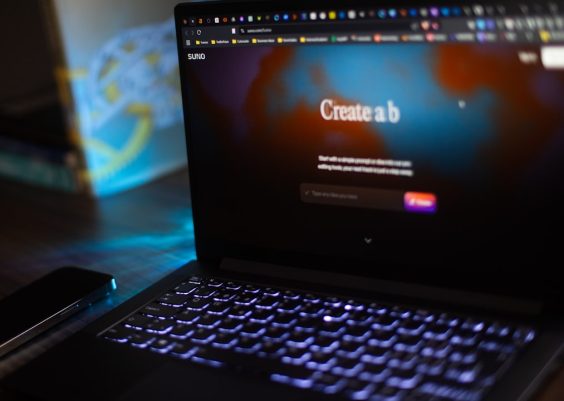As digital experiences continue to evolve, so does our understanding of accessibility on the web. In 2025, ensuring your website is usable by everyone—not just the majority—has become a core tenet of digital design and development. The release of WCAG 2.2 by the W3C (World Wide Web Consortium) marked a notable advancement in this endeavor, with a refined focus on inclusivity, structure, and usability for all users, regardless of their abilities.
Understanding WCAG 2.2
The Web Content Accessibility Guidelines (WCAG) have always been the leading standard for making digital content accessible. WCAG 2.2 builds upon 2.1 by adding several new success criteria aimed particularly at users with cognitive and mobility challenges. The guidelines continue to follow the foundational principles of POUR:
- Perceivable: Information and user interface components must be presentable to users in ways they can perceive.
- Operable: User interface components and navigation must be operable.
- Understandable: Information and the operation of the user interface must be understandable.
- Robust: Content must be robust enough to be interpreted by a wide variety of user agents, including assistive technologies.
WCAG 2.2 introduces nine new success criteria with varying levels (A, AA, AAA) that reflect accessibility improvements for keyboard navigation, focus appearance, and improved touch target sizes.
New Success Criteria in WCAG 2.2
With an aim to close usability gaps, the new WCAG 2.2 criteria include:
- Focus Appearance (2.4.11): Requires highly visible focus indicators to make keyboard navigation easier.
- Dragging Movements (2.5.7): Ensures that all functionality that uses dragging can also be done via simple pointer actions.
- Target Size (2.5.8): Improves touch accessibility by requiring a minimum target size of 24×24 CSS pixels.
- Consistent Help (3.2.6): Enforces that help mechanisms (like support chat or FAQ links) remain in the same relative place throughout the user journey.
- Redundant Entry (3.3.7): Prevents users from needing to enter the same data more than once (e.g., shipping and billing info).
- Accessible Authentication (3.3.8): Requires that authentication does not rely solely on cognitive function tests like puzzles or remembering passwords.
Understanding how to implement these success criteria effectively is essential in 2025, as website accessibility is not only a moral obligation but increasingly a legal requirement around the globe.
2025 Tactics for Implementing WCAG 2.2
Designers and developers now must adopt modern strategies to stay compliant and inclusive. Here’s how teams are adapting:
1. Enhanced Focus Indicators
The new focus indicators criterion in WCAG 2.2 ensures keyboard users can see which element on the page is focused. The tactic today involves using outline and box-shadow styles with contrasting colors and ensuring visible changes in shape or thickness for focus states.
Tip: If your website uses custom components, make sure to implement JavaScript focus handling and custom styles that mimic native focus behavior.

2. Rethinking Drag and Drop
Drag-and-drop interfaces can be difficult for users with motor impairments. To meet the Dragging Movements criterion, developers are creating interfaces where dragging actions are optional. For example, reordering list items can also be done with plus/minus buttons or using keyboard shortcuts.
Code Example:
<button aria-label="Move item up">↑</button>
<button aria-label="Move item down">↓</button>
3. Touch Target Optimization
Today’s touchscreen-heavy use makes ensuring adequate spacing for clickable elements even more vital. UI components like buttons and form controls should have a minimum dimension of 24 CSS pixels—without sacrificing visual design. Clear padding and spacing are used to avoid “fat finger” errors.
Strategy:
- Group similar actions with spacing in between.
- Apply invisible padding around small icons without visually altering their size.
4. Smart Form Design
Users regularly get frustrated when they’re forced to re-enter the same information. WCAG 2.2’s Redundant Entry criterion means using features like auto-populated fields, saved user preferences, or copy address buttons.
In 2025, customer retention is tied to reducing such micro-frictions, not just being compliant. Forms that auto-suggest or intelligently reuse data improve both accessibility and user satisfaction.
5. Cognitive-Friendly Authentication
Lack of accessible authentication continues to be a major barrier, especially for users with cognitive or language impairments. WCAG 2.2 now encourages avoiding strict memorization of passwords or solving puzzles. Alternative techniques like biometric login (fingerprint or face recognition), passkeys, and one-tap email verification have become mainstream.

Not only do these reduce login friction, but they’re generally more secure and align better with modern security protocols.
Tools and Frameworks Supporting WCAG 2.2
In 2025, we have a host of tools aligned with WCAG 2.2 that help automate compliance checks and improve development practices:
- Axe DevTools: Now includes rulesets and highlighting for 2.2 criteria.
- Lighthouse: The Chrome extension continues to provide accessibility scores based on current guidelines.
- WAVE: Identifies errors like low contrast, missing alt text, and now inadequate focus indicators.
- Tenon & Deque: Enterprise-focused solutions with 2.2-specific auditing and remediations.
Frameworks like React, Angular, and Vue.js are also incorporating accessibility defaults, such as focus management libraries, ARIA support, and keyboard traps prevention.
Training and Awareness Are Crucial
Adopting WCAG 2.2 requires more than just code tweaks. Teams are investing in accessibility training for designers, content writers, and developers. More organizations are employing full-time digital accessibility specialists and including people with disabilities in their user testing processes.
Typical learning modules include topics such as:
- How screen readers work and how to test with them.
- Accessible color usage with real-world simulations for color blindness.
- Keyboard-only navigation testing strategies.
The Business Case in 2025
While the technical requirements may seem daunting, the benefits of becoming WCAG 2.2 compliant are clear and quantifiable. In 2025, accessibility is increasingly tied to SEO rankings, legal compliance, and brand reputation.
Governments in the U.S., EU, and many Asian countries are now enforcing stricter digital accessibility laws, based on WCAG 2.2. Companies found non-compliant may face lawsuits or fines. On the other hand, embracing accessibility provides access to a broader market, particularly benefiting older adults and mobile users.
Looking Ahead to WCAG 3.0
While WCAG 2.2 leads the present, WCAG 3.0 is on the horizon. It proposes a more flexible, score-based system and richer user-focused documentation. The web development community is already preparing for this shift, emphasizing the need for adaptable, sustainable accessibility strategies.
Actionable Advice: Organizations that fully embrace WCAG 2.2 today will be much better prepared for the next generation of guidelines tomorrow.
Conclusion
In 2025, web accessibility is no longer fringe—it’s mainstream, essential, and enforceable. WCAG 2.2 brings the industry closer to an inclusive web that respects the full spectrum of human ability. The tactics discussed not only meet legal standards but also enrich the user experience for everyone.
As you refine your digital platforms this year, let accessibility be a pillar—not an afterthought. The inclusive digital future is not only achievable; it’s already underway.




